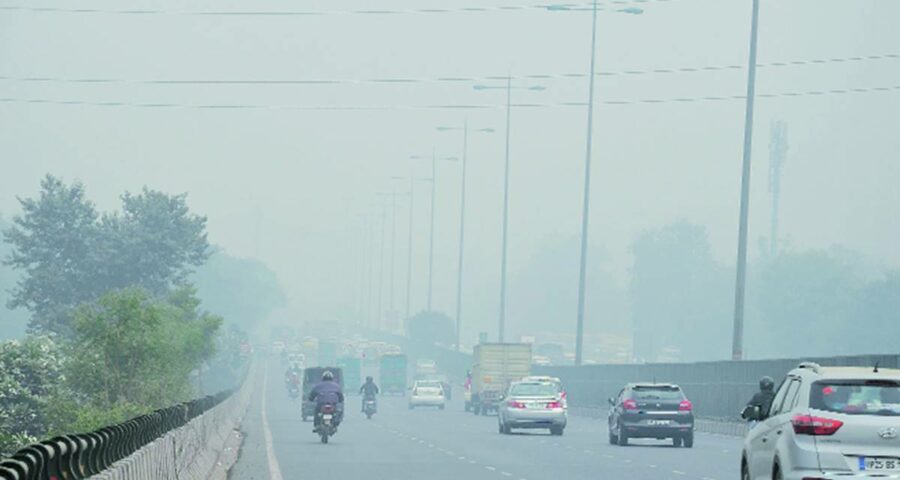At the city’s four monitoring stations, the air quality remained severe on Saturday recording an AQI of 446 at Gwal Pahari, 492 at Sector 51, 466 at Teri Gram and 435 at Vikas Sadan. The prominent pollutant was PM2.5.
Air quality in Gurgaon remained in the ‘severe’ category Saturday, recording a reading of 456 on the Central Pollution Control Board’s air quality index (AQI) bulletin. On Friday, the AQI had plummeted to 472, recording the worst air quality recorded during Diwali since 2016 according to the CPCB data. On Thursday, Gurgaon’s AQI was 395 (very poor).
At the city’s four monitoring stations, the air quality remained severe on Saturday recording an AQI of 446 at Gwal Pahari, 492 at Sector 51, 466 at Teri Gram and 435 at Vikas Sadan. The prominent pollutant was PM2.5.
Gurgaon and Faridabad were found to be the most polluted cities among all districts in Haryana as per the CPCB data for Friday.
S Narayanan, member-secretary, Haryana State Pollution Control Board, said, “The rise in air pollution is primarily due to bursting of crackers on Diwali and yesterday. Though today’s report on stubble burning is awaited, there has been only a little increase in farm fires in the last two days (from 228 to 331 cases). A detailed report on violations and challans issued is expected but it appears that the spike in air pollution is because of crackers. Despite a ban, the firecrackers were burst illegally at many places.”
The state government had earlier imposed a ban on the sale and use of firecrackers in 14 districts in the National Capital Region of the state.
Abhishek Srivastava, a city-based environmental engineer, said, “The spike in air pollution levels at this time of the year is due to a combination of factors including meteorological conditions, stubble burning, local sources of pollution, cracker bursting, pollution from construction sites, local waste burning and vehicular pollution. Aided by the wind patterns, it is like a perfect storm of conditions which contributes to the air pollution levels.”
The weather bulletin issued by the air quality early warning system for Delhi-NCR on Saturday said, “The significant increase in crop residue burning fire points in Punjab (5327), Haryana (331) and UP (70) on 05.11.2021 was observed. The contribution of biomass burning in PM2.5 concentration is likely to be approximately 25% on 06.11.2021 and 07.11.2021 as winds are favourable for transportation of pollutants.”
It added that the air quality over Delhi-NCR is likely to improve on November 6 and 7 owing to strong winds but remain in very poor category.
Source: Read Full Article



